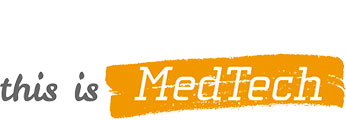The EU Public Procurement Directive introduced the concept of lifecycle costing and encourages purchasing authorities to include both environmental and social criteria. MedTech Europe members engage with EU authorities, hospital and purchasing organizations to identify and integrate relevant sustainability criteria that can be included in public tenders. Sustainability attributes of products not only help reduce the environmental footprint of healthcare but also can bring economic savings and logistic benefits for the organizations – e.g. by reducing the cost of waste disposal, consuming less energy or taking less space for storage.
The EU Public Procurement Directive encourages purchasing authorities to move away from price-only criteria towards Most Economically Advantageous Tendering (MEAT). It introduces the concept of lifecycle costing to capture all impacts of the product – from sourcing to its end-of-life. Sustainability can be used both as a selection and awarding criteria in tenders. The former can be viewed as a basic set of requirements (e.g. sustainability reporting), the latter is seen as the basis for differentiation (e.g. weight of packaging, recyclable content, etc.).








